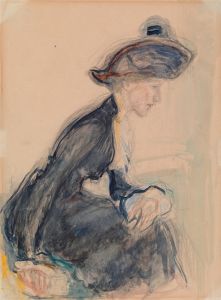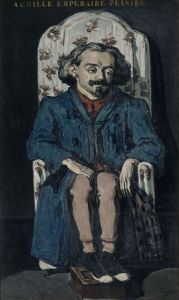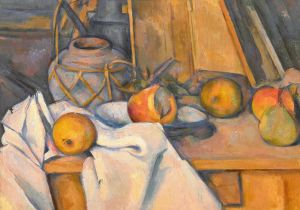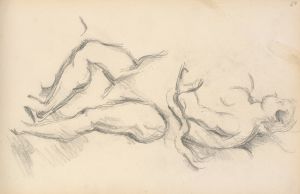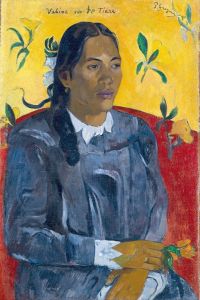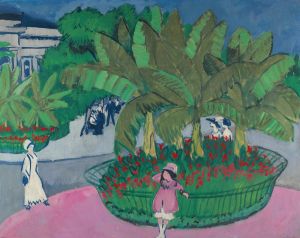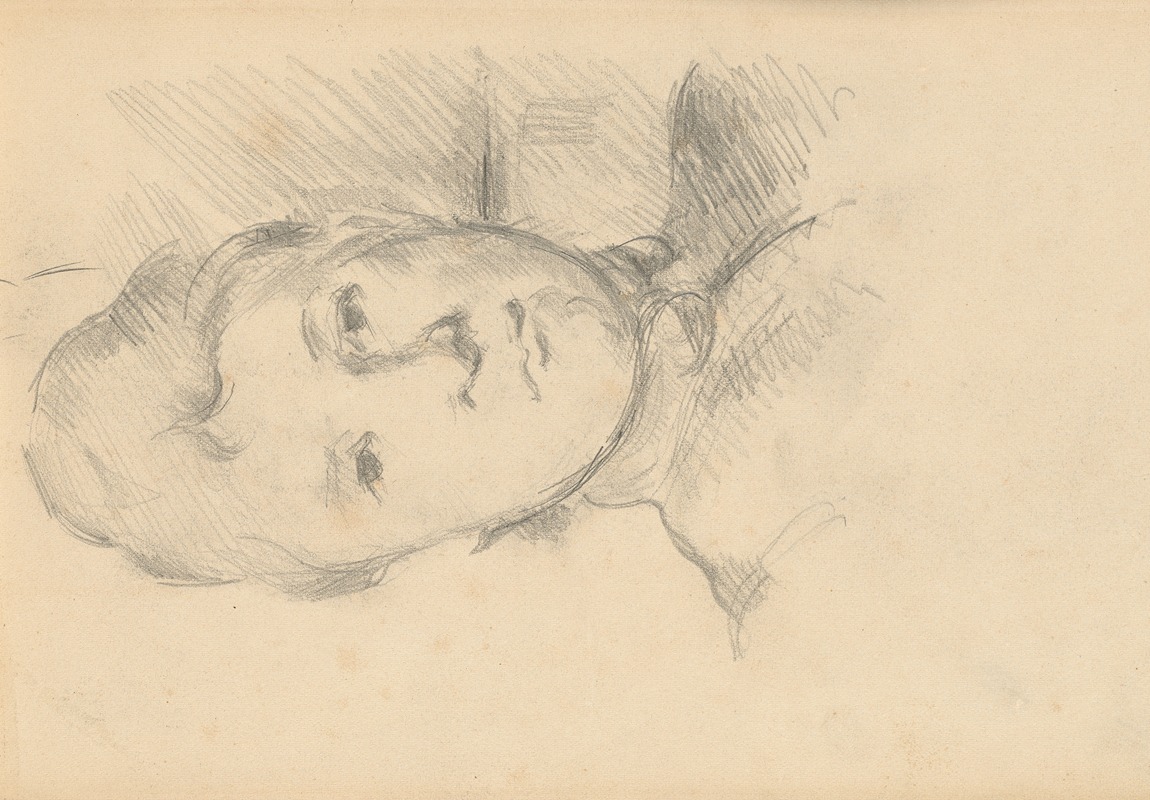
Madame Cézanne
A hand-painted replica of Paul Cézanne’s masterpiece Madame Cézanne, meticulously crafted by professional artists to capture the true essence of the original. Each piece is created with museum-quality canvas and rare mineral pigments, carefully painted by experienced artists with delicate brushstrokes and rich, layered colors to perfectly recreate the texture of the original artwork. Unlike machine-printed reproductions, this hand-painted version brings the painting to life, infused with the artist’s emotions and skill in every stroke. Whether for personal collection or home decoration, it instantly elevates the artistic atmosphere of any space.
Madame Cézanne is a title commonly used to refer to a series of portraits painted by the French Post-Impressionist artist Paul Cézanne. These works depict Hortense Fiquet, Cézanne's longtime companion and eventual wife. Cézanne created approximately 29 known portraits of Hortense over a period spanning the 1860s to the 1890s, including oil paintings and watercolors. The series is notable for its exploration of form, color, and structure, reflecting Cézanne's evolving artistic style and his significant contribution to modern art.
Hortense Fiquet met Cézanne in the early 1860s, and the two began a relationship that lasted for over four decades. They married in 1886, after having lived together for many years and raising a son, Paul. Despite their long relationship, Hortense's presence in Cézanne's life was often described as distant and pragmatic, and their marriage was reportedly strained. However, she remained a central figure in his art, serving as a frequent subject for his portraits.
The Madame Cézanne portraits are characterized by their restrained emotional tone and Cézanne's focus on formal composition rather than personal expression. Hortense is often depicted seated, with a calm and detached demeanor. Cézanne's approach to these portraits emphasizes geometric shapes and the interplay of light and shadow, showcasing his interest in structure and spatial relationships. The works are also notable for their subdued color palette, with muted tones of blue, green, and ochre dominating many of the compositions.
One of the most famous paintings in this series is Madame Cézanne in a Red Armchair (circa 1877), which is housed in the Museum of Fine Arts, Boston. In this work, Hortense is depicted seated in an armchair, her figure framed by a patterned background. The painting exemplifies Cézanne's innovative use of color and his departure from traditional portraiture, as he prioritizes the overall harmony of the composition over realistic detail.
The Madame Cézanne series has been widely studied and celebrated for its role in the development of modern art. Cézanne's unique approach to portraiture, with its emphasis on form and structure, influenced later artists such as Pablo Picasso and Henri Matisse. These works are considered a testament to Cézanne's artistic vision and his ability to transform ordinary subjects into profound explorations of visual perception.
Today, the Madame Cézanne portraits are held in major museum collections around the world, including the Metropolitan Museum of Art in New York, the Musée d'Orsay in Paris, and the National Gallery of Art in Washington, D.C. Each painting offers a glimpse into Cézanne's artistic process and his enduring fascination with the complexities of human form and expression.





